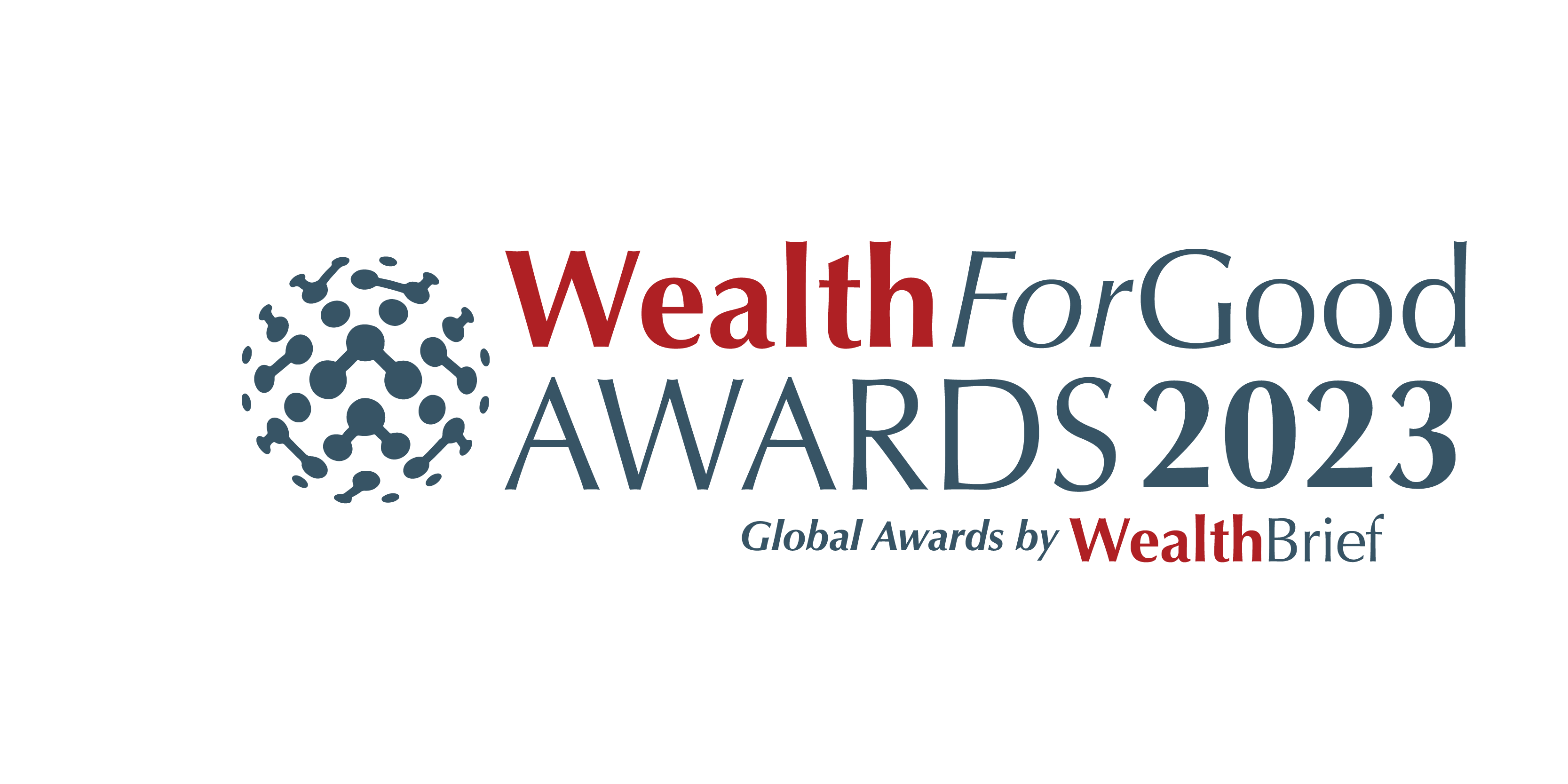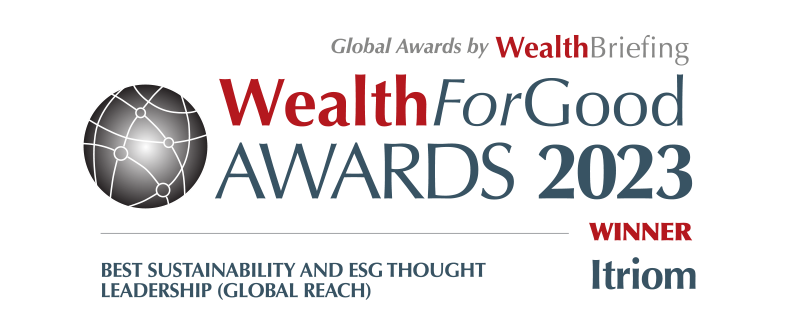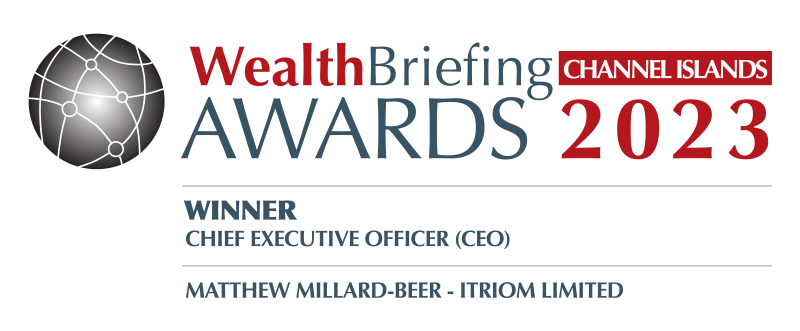Carbon in the atmosphere is warming our planet to unprecedented levels that threaten all life on Earth. The World Recourses Institute scientists predict that up to 10 GtCO2 will need to be removed annually from the atmosphere by 2050, with an increased removal capacity of up to 20 GtCO2 per year by 2100. The IPCC shows that the deployment of carbon removal is critical to safeguard the future of our planet and wildlife. Both natural and technological strategies exist to remove carbon dioxide from the atmosphere and store it through various means, such as in trees and plants, soils, underground reservoirs, rocks, the ocean and even though products like concrete. Different approaches to carbon removal come with different risks and co-benefits. While many companies are engineering carbon-capturing processes, it remains a challenge to safely and cheaply store or eliminate it.
The Earthshot Prize, launched by Prince William and David Attenborough, seeks to identify and help scale up the solutions created by eco-innovators that will help repair and regenerate the planet by 2030. The Earthshot Prize, Roadmap to Regeneration, sets out the priorities for the five Earthshots, one of which is ‘Fix our Climate’.
The ‘Fix Our Climate’ Earthshot states that “by 2030 we choose to fix the world’s climate by cutting out carbon by building a carbon-neutral economy that lets every culture, community and country thrive”. Each year a winner is chosen from each category every year, with two shortlisted innovations. The ‘Fix Our Climate’ Earthshot aims to combat climate change by removing more carbon from the atmosphere, encouraging more countries to reach net-zero. Moreover, create a circular economy, to fix our climate so that life everywhere can thrive for generations to come.
The three innovations from the ‘Fix Our Climate’ category provide insights into key global problems outlined by some of the U.N Sustainable Development Goals including, Climate Action, Industry, Innovation and Infrastructure and Responsible Consumption and Production. Moreover, they provide a roadmap to Itriom clients, highlighting the initiatives they may wish to support or create to contribute to solving these issues leaving behind a positive impact and lasting legacy.
44.01, named after the molecular weight of carbon dioxide, is leading the way in carbon sequestration by permanently mineralising it in peridotite, a rock found in abundance in Oman as well as in America, Europe, Asia and Australasia. Peridotite mineralisation is a natural process; however, it can take many years to mineralise even a small amount. 44.01 accelerates this natural process by pumping carbonated water into seams of peridotite deep underground.
When CO2 is mineralised in Peridotite it is removed from the atmosphere forever. Global peridotite reserves provide the potential for an unlimited capacity of CO2 storage through the mineralisation process. This process is cost-effective because it requires limited expensive monitoring, and is a permanent solution, unlike comparable non-permanent carbon storage options on the market today. Additionally, the process is relatively fast, with the entire process taking place over 12 months. The aim is to mineralise one gigaton of CO2 every year by 2040, which alone would capture 10% of the annual requirement per The World Recourses Institute’s predictions to meet environmental targets.
Concrete is the highest consumed product on earth besides water. Affordable, durable and easy to produce, concrete is the most widely used man-made material on the planet. Unfortunately, it is responsible for 8% per cent of the world’s CO2 emissions, which equates to over 4 billion tonnes of carbon dioxide annually. These emissions derive from the cement making process. Carbon is released from the chemical reaction produced when the mixture is exposed to heat and from the energy used to fire the kiln.
There are very few low-carbon, versatile, building material options for the construction sector. Construction and urban development are heavily reliant on cement. Over the last three decades, production has increased fourfold as urbanisation grows and economic development accelerates. Yet, this development comes at a great cost to the environment. The carbon outputs of the concrete process globally, equate to those produced by China annually.
Founded by three chemistry PhD students, LCM was founded to clean up the construction industry. They have created a carbon-negative alternative to traditional aggregate, one of concrete’s main ingredients. They are in the process of taking this further, by creating a new zero-carbon building block made of 10% OSTO. OSTO is the first carbon-negative lightweight aggregate for carbon-zero blockwork. LCM hopes that OSTO will become essential to building projects globally; if it does, the impact on carbon emissions will be vast.
To combat the housing crisis, the Government wants to build 300,000 new homes a year. If just 10% of these use OSTO, we would prevent 65,000 tonnes of CO2 emissions would be avoided in just five years. This is just the start for LCM. They have been testing OSTO’s suitability for other objects that are commonly made from concrete like curbs, street furniture and paving stones. Block by block they are offering net-zero alternatives for the construction industry.
Industrialisation, the use of pesticides, urbanisation, inadequate waste management and the continuous use of fossil fuels, has intensified environmental health risks and pollution. The World Bank states that pollution “stunts economic growth, exacerbates poverty and inequality in both urban and rural areas and significantly affects climate change”. Air pollution poses an enormous threat to human health and the climate. Around 2.4 billion people are exposed to dangerous levels of household pollutants. Pollution is the largest environmental cause of disease and premature death, causing more than 9 million premature deaths a year. A recent study found that air pollution costs the globe an estimated $8.1 trillion in 2019, which is the equivalent of 6.1% of the global GDP.
LanzaTech has invented a technology to transform pollution, which could prevent millions of deaths and environmental degradation. LanzaTech uses nature to heal nature; carbon emissions are fed to trillions of carbon-hungry microbes that turn pollution into valuable raw material commodities. The process converts greenhouse gasses into ethanol, which is then passed to a partner contractor, a petrochemical manufacturer that turns the ethanol into monoethylene glycol. The monoethylene glycol is then converted to polyester and used to create clothes. Over the past 15 years, they have tweaked and designed this methodology, resulting in locking away 200,000 metric tons of carbon dioxide out of the atmosphere, while producing 50 million gallons of ethanol to fuel the petrochemical sector.
So far, across three plants in China, this technology has diverted over 190,000 tonnes of CO2 emissions into valuable products, such as sustainable fuels, packaging, cosmetics, cleaning products and textiles. Several large consumer goods brands such as Zara, Coty and Lululemon, are already making products using the building blocks made by LanzaTech. Dr Holmgren, CEO, dreams of a “circular economy in which carbon can be infinitely reused”. She aims to have 20 plants in operation by the end of 2024 and is well on her way. Seven LanzaTech plants are already under construction, with seven more in the design phase.
Georgina Murrin is a ESG Analyst in Itriom’s London Office.
Itriom is the global impact platform helping leading families shape a better world. Itriom’s platform enables families to refresh and redesign their values, aligns them with the right UN Sustainable Development Goals, combining them in an agreed purpose and a Family Impact Charter. Itriom’s platform supports the development of impact initiatives and whilst providing discrete and secure spaces for peer-to-peer messaging and collaboration. Itriom’s core practices in Leadership, Geostrategy, and Sustainability benefit clients by developing strategies to engage and support the Next Generation in building a lasting legacy of which families can be proud.
itriom.com
enquiries@itriom.com
T: +44 (0)203 198 2277
© 2024 Itriom Limited. All rights reserved. Republication or redistribution of Itriom’s content, including by framing or similar means, is prohibited without the prior written consent of Itriom Limited. This material is provided for informational purposes only.




© 2024 Itriom Limited. Company Registration Number 134815 Jersey Financial Services Commission. Registered Office 9 Bond Street, St Helier, Jersey, JE2 3NP
ESG Consultant
Alizah is an ESG Consultant and researcher. She supports Itriom developing sustainability related products and services, helping our clients identify potential opportunities for creating positive environmental, social and sustainable impact.
ESG Analyst
Georgie is an ESG Analyst and researcher. She researches trends, develops insights and reports, and writes insight articles on sustainability and ESG related topics to ensure Itriom’s clients are up to date on the latest policy, progress and initiatives to inform the platform and help our clients maximise their positive impact.
Senior Partner
Practice Leader – Leadership & Resilience
Renowned family office thought leader, Tim works with UHNW families to ensure they are fully equipped to deliver their legacies inter-generationally and effectively.
Associate Partner
Practice Leader – Sustainability
Dr. Herb creates methodologies and frameworks for managing, measuring and assessing sustainability performance. His work identifies where maximum impact can be made.
Senior Partner
Practice Leader – Geostrategy
Simon harnesses research, liaison and networks globally to identify opportunities for Itriom, building the knowledge needed to deliver intergeneration legacies for UHNW families.
Managing Partner
Practice Leader – Strategy